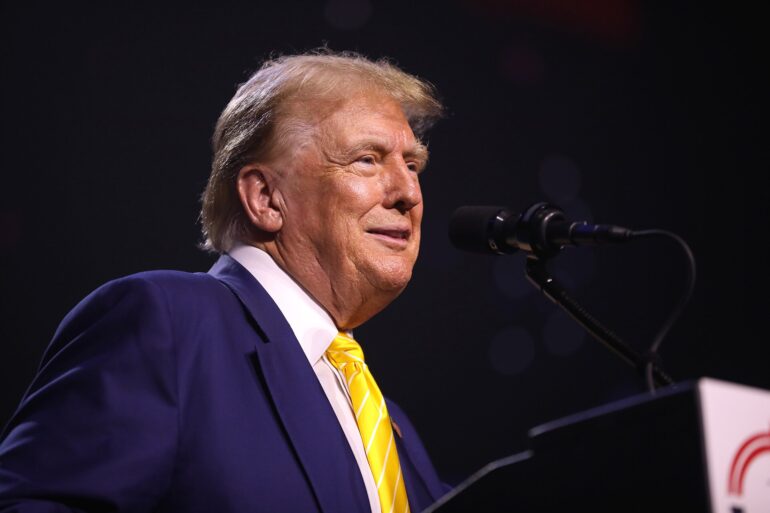A new report from the White House Council of Economic Advisors reportedly suggests that President Donald J. Trump’s energy agenda could substantially boost American economic output over the next decade, with gross domestic product projected to grow by up to 1.9% by 2035 as a result of increased energy production and regulatory reform.
The report, released Thursday, highlights the economic potential of revitalizing U.S. energy dominance—an approach championed by Trump since his first term.
“Unleashing energy abundance was key to the historic job, wage, economic, and investment growth that President Trump delivered during his first term,” White House spokesman Kush Desai said in a statement. “Energy abundance is again key for President Trump’s second term push to cement America’s dominance in AI and restore our industrial base.”
While the Biden administration formerly emphasized green energy, Trump’s strategy prioritizes energy independence through domestic fossil fuel production, revitalization of nuclear and coal plants, and regulatory streamlining.
The Council’s findings suggest this model could raise GDP “by at least 0.56–1.90 percent by 2035.”
The report also identified barriers slowing energy development—including government red tape, outdated infrastructure, and mineral supply chains dominated by “unreliable or adversarial sources.”
Nonetheless, the U.S. remains uniquely positioned to lead globally in energy, having been the “world’s leading producer of petroleum, natural gas, and nuclear power” in 2023.
Concerns about energy reliability are front and center. A recent Department of Energy study warned that if the U.S. continues retiring stable power sources without replacing them, blackouts could increase “by 100 times” by 2030.
The administration sees reliable and affordable energy as critical not only to economic stability, but also to America’s edge in technological innovation.
One driver of soaring energy demand is artificial intelligence. The report notes that AI operations consume immense power. “By some estimates, executing a ChatGPT prompt can be 10 times more energy intensive than a Google search,” it states.
By 2030, AI data centers are expected to consume more electricity than “aluminum, steel, cement, chemicals, and all other energy-intensive goods combined,” according to the International Energy Agency.
That explosion in energy demand, if not met with sufficient production, could drive up costs for everyday Americans. To combat this, the report recommends expanded investment in cost-effective and reliable sources such as natural gas.
Currently, combined-cycle natural gas plants offer electricity at approximately $30 per megawatt-hour—cheaper than solar and wind, which cost $45–$55 per MWh due to the need for battery storage to cover intermittent supply.
The Trump administration is also taking steps to reverse premature shutdowns of vital power infrastructure, including nuclear and coal plants. Facilities like Michigan’s Palisades nuclear power plant could be revived to meet future demand.
Alongside boosting production, the administration is pursuing deregulatory reforms to fast-track development. That includes modernizing implementation of the Clean Water Act and Endangered Species Act—measures that, according to the administration, will streamline permitting and clear bureaucratic hurdles that have long delayed energy projects.
With energy central to both economic growth and national security, the Trump administration sees this strategy as essential to what it calls the “restoration of American greatness.”
[READ MORE: Ted Cruz Introduces a New Bill to Officially Classify ‘Muslim Brotherhood Group’ as Terror Organization]





